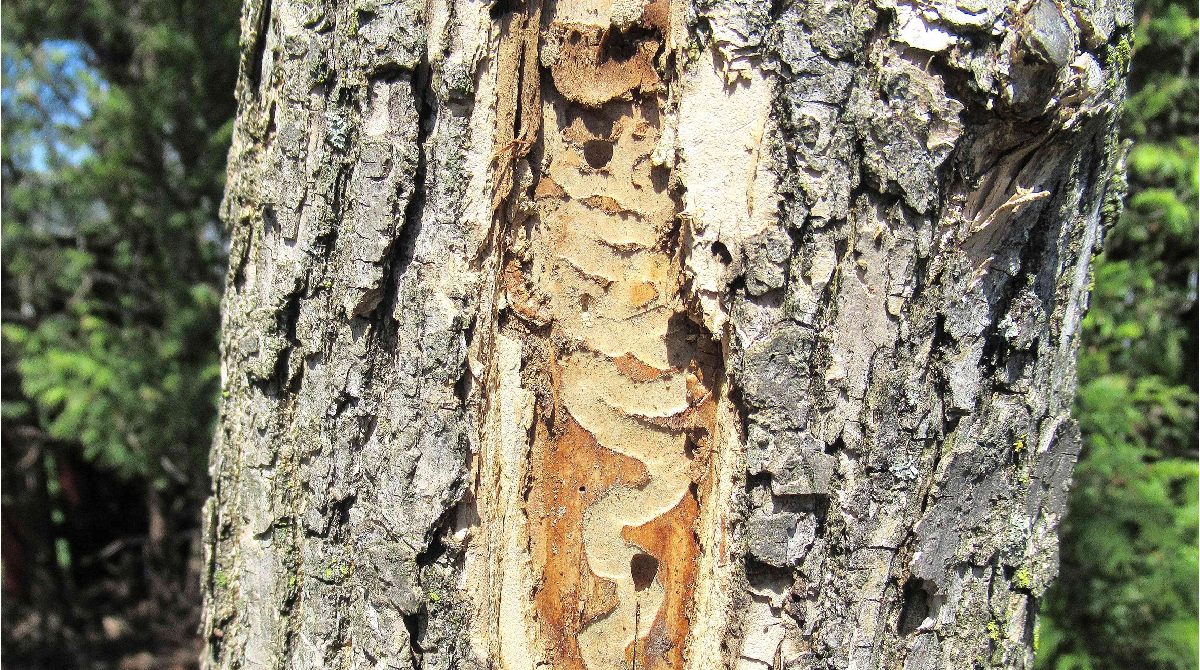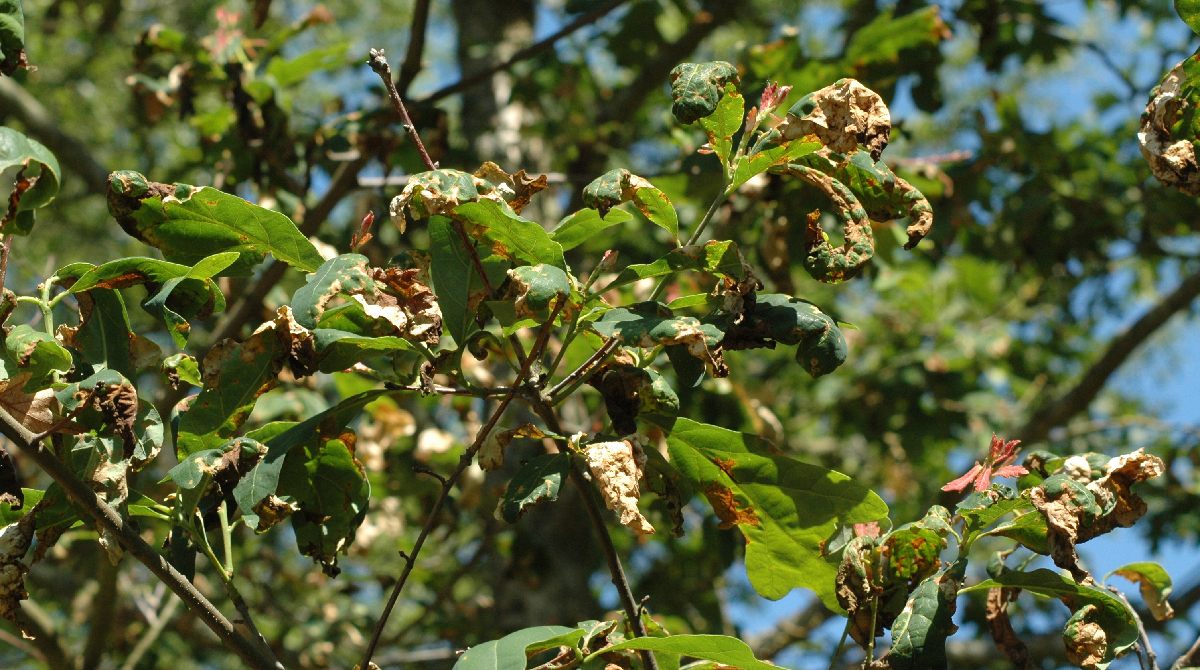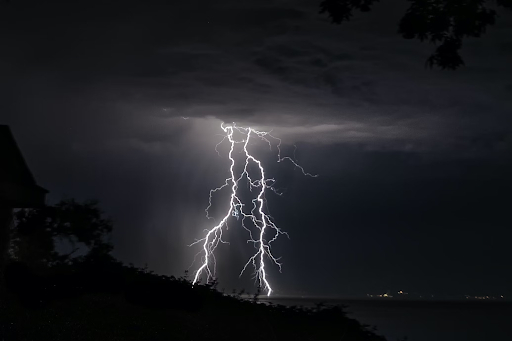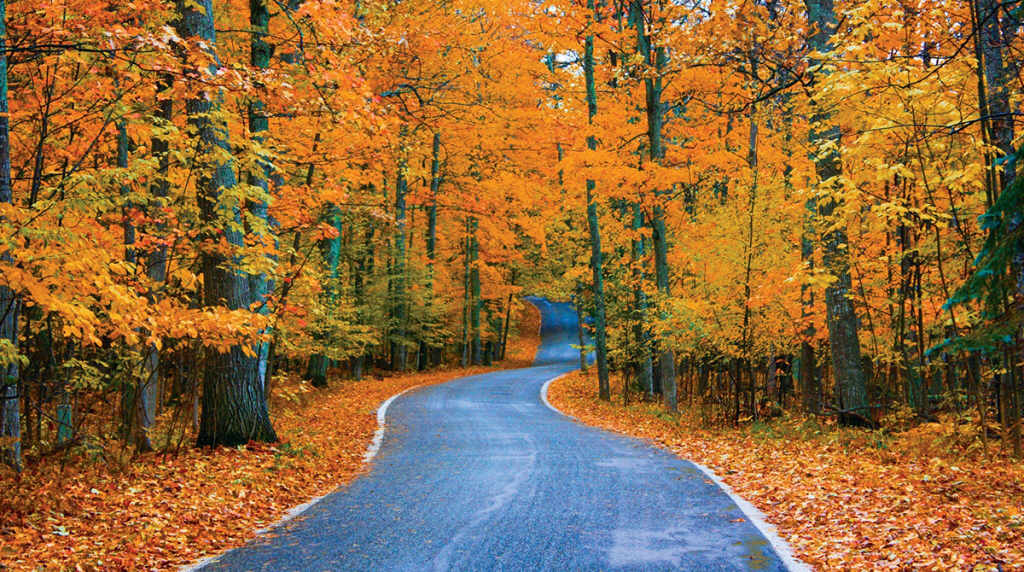
Date September 07, 2022
Category
The emerald ash borer is an invasive species that has killed millions of ash trees in the United States since its discovery in 2002. The beetle was first detected in Texas in Harrison County in 2016 and has caused widespread damage to the state’s native ash tree population. All 9 species of native ash trees in Texas are susceptible to attack, and even healthy trees are vulnerable, so it’s vital to be aware of the risks associated with planting ash trees. In this blog post, we’ll examine the effect of emerald ash borers on Dallas ash trees and offer tips on detecting and managing this devastating tree pest.
TreeNewal is committed to the education, identification, and prevention of emerald ash borer infestation to preserve our native trees. If you think your ash tree might be infested or for more information on EAB, contact an ISA Certified Arborist at (817) 592-6846.
What is the Emerald Ash Borer?
The emerald ash borer (EAB) is a non-native wood-boring pest of ash trees. Originally from Asia, this tree pest has a squared head, a narrow and straight body, and blunt tapered rear. They are roughly 1/2 inches long with a bright metallic emerald green body and shell-like wings. The larvae are creamy-white with flattened, segmented bodies up to an inch long and found underneath the bark. Proper identification is critical since not all green insects are EAB.
How Do They Affect Dallas Ash Trees?
This tree insect will attack all species of ash trees regardless of size and condition. EAB larvae feed on the canopy and under the bark of Dallas ash trees, causing leaves to die from the top down and leaving S-shaped galleries beneath the bark, blocking the flow of nutrients. This is what eventually kills the tree. Due to their aggressiveness, EAB-infested ash trees may die within two to three years and severely threaten urban, suburban, and rural forests. They cause extreme environmental damage, including destroying habitat diversity and increasing the risk of fire from dead trees, which results in high economic loss related to treatment and the removal of dead trees.
EAB Symptoms
Ash trees with low EAB populations may show no external symptoms, but signs of an infestation may include any or all of the following:
• Dead branches at the top of the tree
• Leafy shoots sprouting from tree trunks
• Bark splitting exposing S-shaped galleries from larvae feeding
• Extensive woodpecker activity
• D-shaped exit holes
Treating Ash Trees
Currently, there is no known treatment for ash trees infested with EAB. The best thing homeowners can do is to avoid planting ash trees until an effective solution is available. Another way homeowners can prevent the spread of this invasive tree pest is by not moving firewood from areas with known infestations, particularly across state lines. ISA Certified Arborists can protect high-value ash trees through the professional application of a tree injection product known as Mectinite.
If an ash tree is already being treated, homeowners can take additional preventative measures by following these tree care tips:
• Apply mulch around the base of the treated tree at a depth of two to four inches.
• Ensure proper irrigation, mulching, and professional pruning techniques to promote tree health and vigor.
• Professional application of Cambistat, a plant growth regulator, every three years to promote fine root growth, improve drought tolerance, and resilience to urban environmental stressors.
TreeNewal Insect Management Services
The best treatment for EAB is prevention. While there is no known treatment for EAB infestations, TreeNewal has partnered with Rainbow Treecare on the education, identification, and prevention of EAB. Through this education, we plan to partner with the community to spread EAB awareness and work together to preserve our native trees. Our Dallas tree care specialists know how to protect ash trees from EAB by properly applying Rainbow’s product, Mectinite. Mectinite is the only known product to effectively provide two years of control through a single application. Mectinite should only be applied by an ISA Certified Arborist to ensure its effectiveness.
If you need advice or help with tree disease management or insect management services, contact a TreeNewal ISA Certified Arborist today or give us a call at (817) 592-6846.
To learn more about Emerald Ash Borer Effect on Dallas Ash Trees?, call our Argyle and Southlake-based teams
at (817) 592-6846 or send us a message.
We’re a little different than the average tree services company.
Learn more about TreeNewal’s ISA Certified Arborists!
Our Dallas/Fort Worth-based tree doctors can explain how sustainable tree care services add more value to your bottom line.
Healthy trees, healthy lives.








